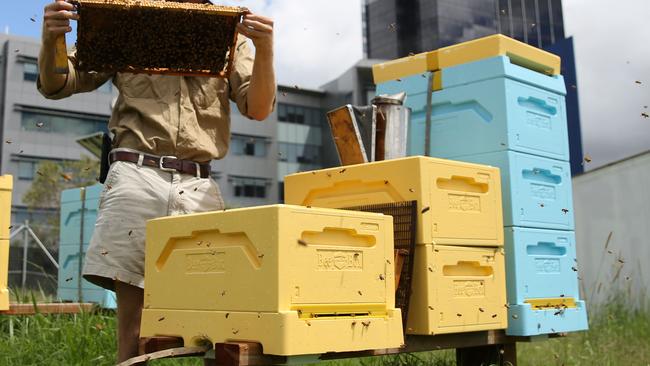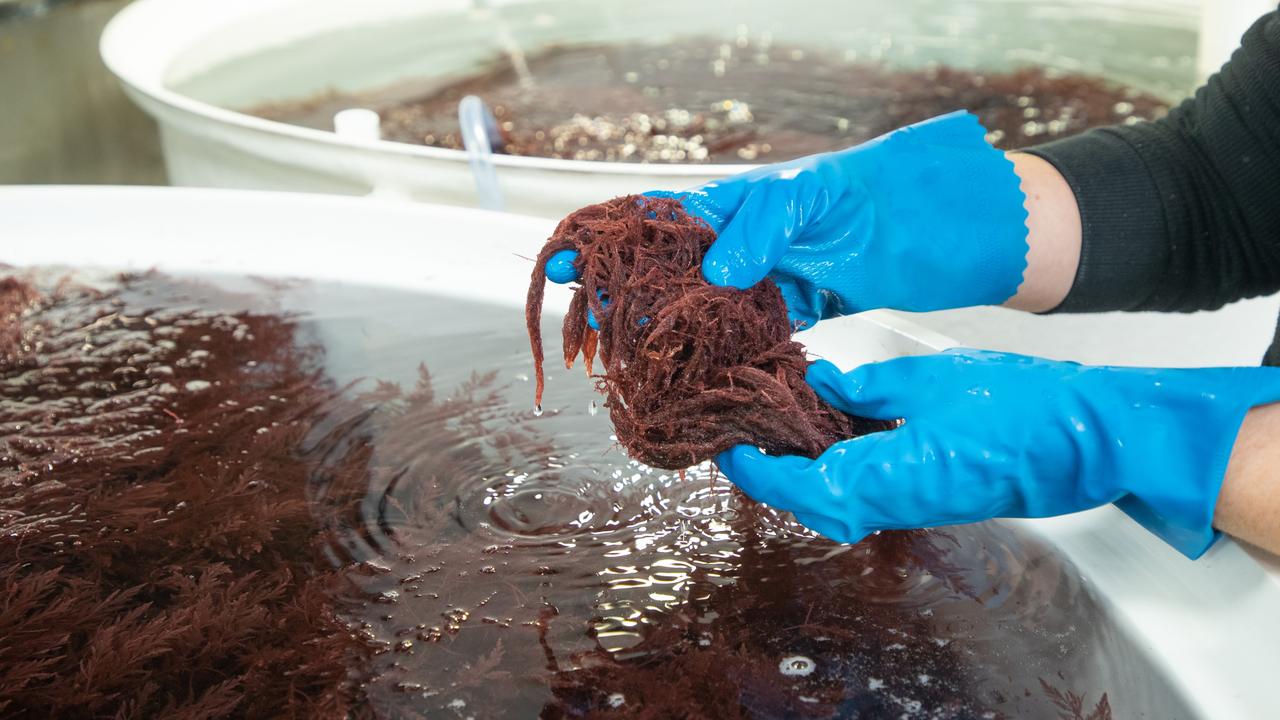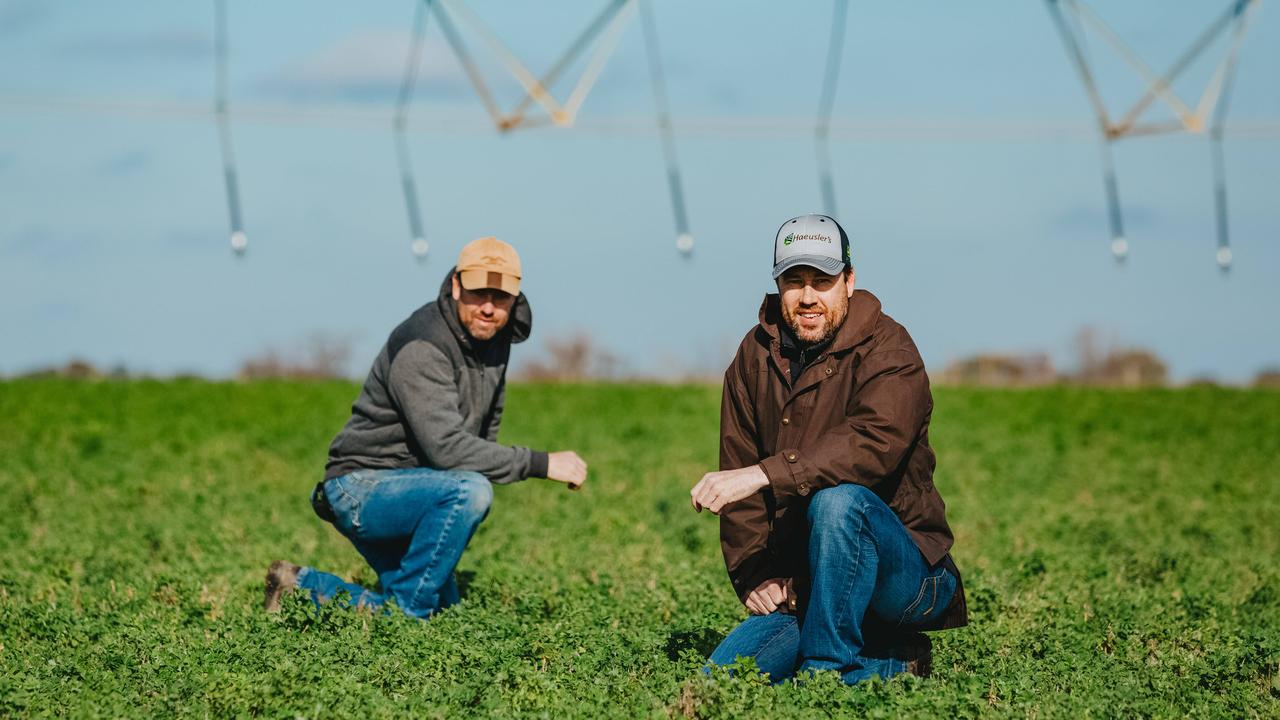Beekeeping: Tips and tricks for starting a hive
BEFORE helping yourself to bees’ busywork, here’s what to know about starting a hive

EVEN if you don’t have a beehive, your flowers, fruit and nut trees most likely attract bees.
The busy critters come searching for pollen for protein and nectar to make honey, but they also pollinate flowers and help fruit set in orchards.
Put in a hive or two, and their honey could be available on your doorstep. It could be in managed hives stacked neatly in a paddock or from feral hives in the hollows of a peppermint gum nearby.
Many beekeepers don’t own the land where their hives are kept. Just like the bees that forage beyond fences, experienced beekeepers give bees a head start with a location close to food.
Pick the right place, and you will be rewarded with sweet, golden delight.
STARTING OUT
Before launching into beekeeping, you would be well advised to watch a few of the thousands of YouTube videos on the subject or read some locally relevant books. But nothing beats personal experience.
The first time you try to extract honey from a hive is memorable.
You will encounter the smell and feel of the honeycomb burr. The smoke will get in your eyes as you try to calm the bees. The sound of insistent workers will buzz in your ears as they attack while you inspect the frames.
The protective hood may rub your nose and restrict your vision while you try to take honey from hostile bees.
It doesn’t sound easy, therefore it’s a good idea to join a club, enrol in a course or attend a workshop.
There are TAFE courses for hobbyists and people planing to work in the industry. There are also instructors, schools and clubs that teach beekeeping skills.
Some courses include the cost of starter equipment and possibly a hive.
Get to know a local beekeeper who understands the flora of your area.
THE ESSENTIALS
The first thing you need is personal protective gear to reduce the risk of being stung. An all-in-one suit is a good early purchase.
Custom-made protective gear is also available if you find off-the-rack suits a poor fit. Other equipment such as hive tools and smokers are also recommended.
A starter pack with all the basic gear is usually available from specialist beekeeping retailers.
THE HIVE
The modern timber or plastic-framed hives with Langstroth frames containing wire are the most common. The wire frames offer a foundation on which bees build their honeycomb and deposit their honey.
Other hive designs include a top bar hive. The recently invented Flow hive is not a new design, but rather a new way of extracting the honey.
Some beekeepers build their own hives or frames, some buy everything assembled or buy components to put together. For the first-time apiarist, a pre-assembled hive works well.
At the bottom is the brood box, where the queen lives and lays eggs.
The food of the hive is in the box above and the excess is robbed by humans, leaving enough for the bees to survive.
Every beekeeper learns to design the features and dimensions of their hives differently over time.
THE BEES
Populating a hive with bees is not as straightforward as it sounds. This is where a beekeeper, association or club can help.
Buying bees is not like buying a pen of lambs or a dog.
You can’t just drive home with your bees on the back of the ute. You must wait until dark, then temporarily block the hives’ entrances and safely transport them.
One option is to assemble a hive with frames and ask a beekeeper to help you transfer a colony over time. You might volunteer to rehome a swarm in your empty hive box, but some commercial beekeepers refuse to deal with swarms because of the risk of disease and the unpredictable behaviour of the bees.
BE OFFICIAL
Licensing of beehives is mandatory in all states and territories. This is to help control outbreaks of disease and to help communicate information to beekeepers.
Agriculture departments in Victoria and Tasmania will let beekeepers register five or fewer hives for free. Some states subsidise testing of honey for the presence of disease.
DON’T GET STUNG
Be careful when choosing a site for your hives. Cattle that use hives as scratching posts do not worry about getting stung and will knock hives over again and again.
Smokers cannot be used in fire ban periods.
And, a final warning, beekeepers like to talk. A lot.


